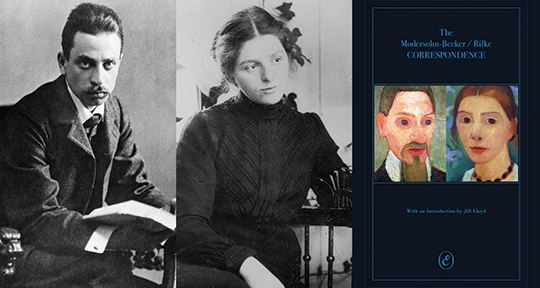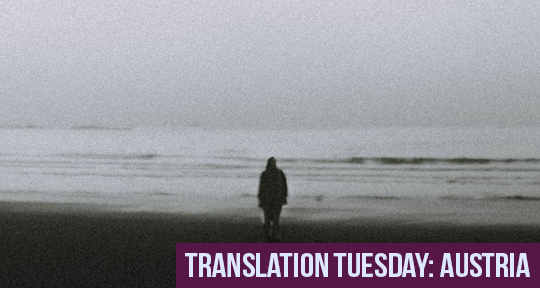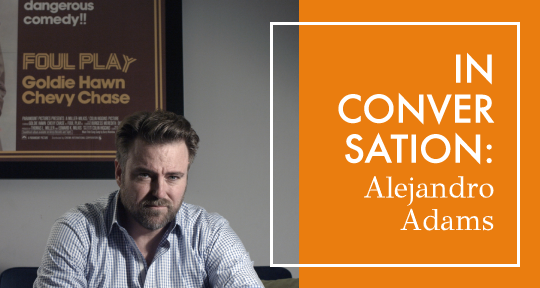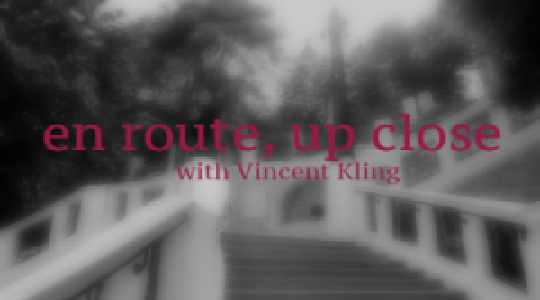The Modersohn-Becker/Rilke Correspondence, ed. Rainer Stamm, translated from the German by Ulrich Baer, Columbia University Press, 2024
“And so you died like women long ago, died in the old warm house, old-fashionedly, the death of those in child-bed,” wrote Rainer Maria Rilke in the moving “Requiem for a Friend”. The piece, dedicated to the painter Paula Modersohn-Becker a year after her death in 1907 at the age of thirty-one, has since immortalized her in the stead of her own achievements as one of the most important figures of early expressionism, turning her—through Rilke’s vision—into a literary muse, with views that Modersohn-Becker herself rejected. The Modersohn-Becker/Rilke Correspondence, edited by Rainer Stamm and translated into English by Ulrich Baer, allows room for this poem in its final pages, but it also gives an equal voice to the two artists whose asymmetry in cultural history is tangible, and traces a friendship that was characterized by both companionship and disagreement, intimacy and coldness.
After their meeting in 1898 at an artists’ colony at Worpswede, the artists began their correspondence two years later. That German village would go on to figure centrally in the friends’ relationship, with Modersohn-Becker telling Rilke in 1900 that he is “the only piece of Worpswede for me in Berlin, and that means a lot”. It was there that the two artists gained respect for the other’s medium, an important facet of their relationship that is present in the Correspondence. Rilke recommends contemporary authors and sends poems in his letters; they discuss Paul Cézanne at length; and Rilke thinks of Paula when he is in Capri, as “[s]uch peculiar, unheard-of experiences of colour are possible here”, “things here that have never been properly seen and turned into art”. It was also at Worpswede that the two artists would meet their respective partners: Modersohn-Becker met fellow artist Otto Modersohn, getting engaged in secret at the colony, whilst in 1901 Rilke would marry Modersohn-Becker’s close friend, Clara Westhoff. READ MORE…




